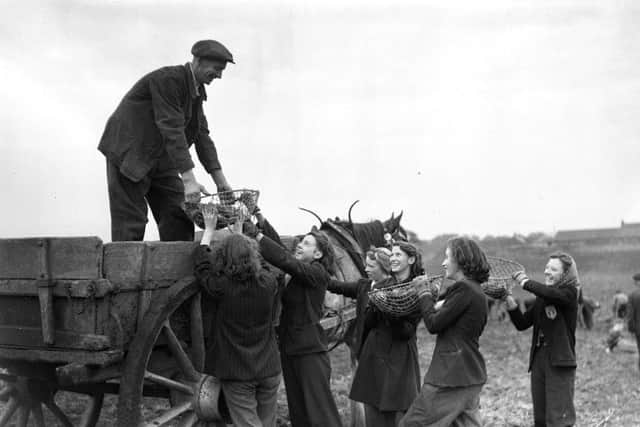Scotland's workforce: Where are most Scots employed in 2017?


Health and social care remains the largest jobs sector north of the Border, accounting for 16 per cent of the country’s total workforce, a survey found.
Employment experts said the dominance of health-related jobs is only expected to grow due to Scotland’s ageing population, with higher numbers of social carers required as a result.
Advertisement
Hide AdAdvertisement
Hide AdThe figures were revealed in an annual report from the Scottish Parliament Information Centre (SPICe), which examines the country’s labour force in depth.


The increasing value of tourism is underlined by the 8 per cent of Scots working in accommodation or food services, which includes the growing hotel sector.
But the future of retail – which makes up 9 per cent of jobs – is viewed as “uncertain” as online shopping takes hold and technological advances threaten low-skilled roles.
“Retail is something Scotland has relied a lot upon in the last 30 years to provide part-time or flexible jobs,” said Ronald McQuaid, professor of work and employment at the University of Stirling. “But its future is uncertain. We are seeing a lot of shop closures.”
Employment in “food and beverage serving activities” declined by 18,000 between 2015 and 2016. The majority of the decline was related to restaurants and mobile food services.


The loss of manufacturing and heavy industry jobs in recent decades was in line with other western economies, Prof McQuaid added.
“If you look back further, agriculture was by far the biggest employer in the early 19th century,” he added. “That’s down to 1 or 2 per cent of the workforce in most countries from more than a third.
“Manufacturing overtook it, but then began declining absolutely in the 1960s.”
Advertisement
Hide AdAdvertisement
Hide Ad

Ewan Gibbs, a historical political economy researcher at the University of the West of Scotland, said the 21st century workforce was largely unrecognisible compared with that of 50 or 60 years ago
“There were over 250,000 Scots employed in coal mining, steelmaking, shipbuilding and related heavy engineering in 1958 and comparative figures now will be highly negligible,” he said.
“Shipbuilding is largely a defence operation now. Steel is restricted to speciality and refinement with no basic production. Coal has essentially disappeared.”
He continued: “A key point to make would be that process of erosion didn’t all happen in the 1980s. For instance, more coal jobs were actually lost in the 1960s – but at that point they were managed through industrial diversification policies that brought alternative forms of employment in assembly engineering activities.”


The relatively slow nature of Scotland’s population growth means the total number of jobs in each sector is unlikely to increase in the near future, with the majority of new openings created by those retiring.
But the demand for highly-skilled jobs, particularly in IT and digital roles, will continue to climb, said Prof McQuaid.
The SPICe report found that over the seven-year period to 2016, Scotland had the second lowest rate of employment growth across Great Britain at 3 per cent, with only the north east of England having a lower rate at 2 per cent.
One in four people in Scotland worked in the public sector in 2016. But employment in the sector has declined by 10 per cent since 2009. Over the same period private sector employment grew by 7 per cent.
